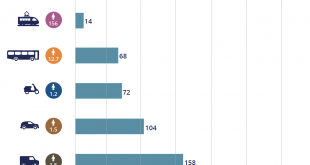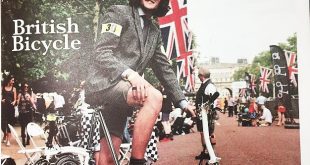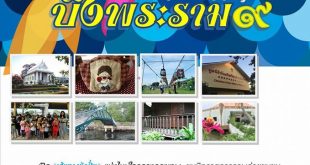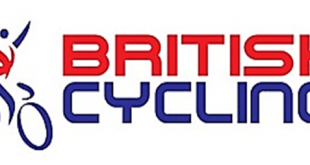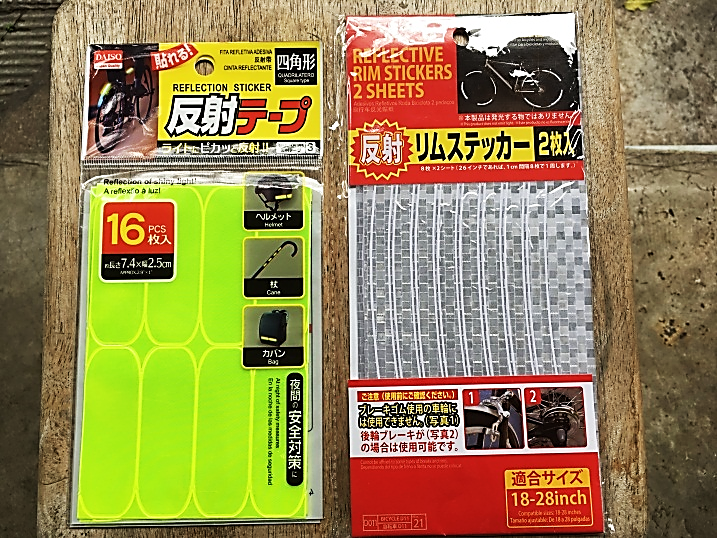(1) Preferred Choice of Pedestrian Road Crossing in Bangkok
S. Panyametheekul
Faculty of Engineering, Chulalongkorn University
Footpath in Bangkok, though a good indicator of livable city, is not very user-friendly due to its bumpiness, crowded street hawkers, uneven pavement, non-continuity, obstruction form public utilities, etc. Street crossing even at zebra cross is not always safe for pedestrian. Pedestrian bridges are available at crowded areas but some avoid using them because of the high climb and choose instead the zebra cross at their own risk with high accident rate. Whereas very few (2) tunnels are existing in Bangkok city, probably due to the higher investment cost and long-time perception of theft and sexual molestation incidence in a tunnel some 40 years ago. A study based on interview of approximate 400 persons who had experience using all three types of the Bangkok street-crossing facilities showed that the tunnel was the obvious preferred choice , with a score of 2.57 out of 3.0, while those of pedestrian bridge and zebra crossing were 1.90 and 1.50, respectively. The similar scores were achieved from both sexes, all age groups, various occupation and different income levels, It is evident also that pedestrian bridge scored negatively the highest (2.89) in terms of fatigue, to be followed by tunnel (1.96) are zebra crossing (1.15). These data are suggested to be used by city planners and mayors for future development. Social SROI or Return on Investment of the tunnel crossing was also recommended for future study.
(2) Factors Affecting Decisions on Bicycle Use for non-Bike Users in Thailand
T.Panswad
Thailand Cycling Club
W.Songkittipakdee
Department of Public Works and Town & Country Planning
linly71@hotmail.com
Though cycling has gained more public interest in Thailand for the past 5-10 years the emphasis was unfortunately mainly on serious physical exercise and long distance touring, which the majority of the people could not do nor join. Measures to persuade bicycle non-users to become regular users for their daily activities should be developed and encouraged. Factors that can positively influence that kind of transformation were investigated, i.e.,1) family’s cycling members, 2) communities cycling member’s, 3) cycling celebrities and politicians, 4) more companions and friends, 5) proved cost-saving, 6) future potential worse traffic, 7) good-wide footpath, 8) no obstruction from street hawkers,9) no parking cars allowed on street, 10) safe and convenient cycle system, 11) hospitality of car drivers, 12) bike buddy for beginners, 13) shady path, 14) no air pollution, 15) physical exercise and fitness, and 16) touring and recreation. It was apparent that the most influencing factor was the fitness possibility (with the score of 4.15 out of max 5). The followed priorities were shady path (3.50), no air pollution (3.40), recreation (3.35) and safe bicycle system (3.1-3.4). The lowest score was surprisingly the cycling celebrities and politicians, which denoted that general public or laypersons who were not keen on serious cycling but potential future bicycle users, were not to be convinced by this kind of PR or campaign approach and the local authority should take note of this unconventional perception.
(3) Factors Affecting The Decision on Bicycle Daily Uses in Thailand for Bike Users
T. Panswad
Thailand Cycling Club
W. Songkittipakdee
Department of Public Works and Town & Country Planning
linly71@hotmail.com
Cycling in Thailand has been in the down trend for the past 50 years and just started gaining public interest some 5 -10 years ago. The interest was however mostly on the recreational and workout activities for serious cyclists whereas the cycling culture for daily activities of local layperson was still not much paid attention to by both central and local authorities, community leaders, press, mass media, nor NGOs. A study on several (15) factors positively affecting decision on bicycle uses in daily life was investigated through interview of some 2,000 Thai local folks in 9 provinces. The fifteen factors were 1) cost saving, 2) support to occupation, 3) convenience, 4) safety, 5) social in-trend, 6) self reliance, 7) bad traffic avoidance, 8) travel time saving, 9) travel time prediction, 10) bike path availability in neighborhood, 11) width of bike path, 12) environmental concern, 13) physical exercise and fitness, 14) touring, leisure, recreation and 15) social contact and relationship. It was observed, against our perception, that the score of only about 2.25, out of 5, was apparent for the ‘Social In-Trend’ factor. This is probably true due to the character of the interviewees who were simple bicycle users, and not serious cyclists. This conclusion was the same among groups of different income, ranging from the very poor to higher-medium class. Other factors gaining high scores of 3.5 – 4.1 were touring, social contact, convenience, environmental concern and fitness opportunity.
(4) Public Policy Movement on Cycling and Walking in Thailand
G. Chutima
A.Kongmali
K. Intaravisit
T.Panswad
Thailand Cycling Club: TCC
tcc@thaicyclingclub.org
Walking and Cycling used to be a main mode of transport for majority population in Thailand. However, when more people could afford to buy car and the government has adopted a development strategy that gives priority to personal car in designing cities and infrastructures for transport, neglecting those for walking and cycling, many people has developed a habit to travel sedentarily even in short distance by motorized vehicles.
Promotion of walking and cycling in daily activities to enable the population to have sufficient physical activity is easy, convenient and best investment for health. It has a t least nine direct health benefits, such as reduction of overweight and obesity, heart diseases, diabetes, stroke and depression. Not putting pressure on bones and joints, it is aerobic exercise suitable for elderly people. Its promotion is thus good preparation for Thailand to become an aging society. Having sufficient physical activity would prevent the country from a loss of productivity which is at present an average of 1.8/day/person/year and can save national budget for public health, such as more than 100,000 million Bath per year the government is using to treat people with overweight and obesity.
Thailand Cycling Club has been working to promote cycling for health since 1991. Its Walking and Cycling Policy Advocacy Programme, began in 2011, conducts research to acquire scientific knowledge, and aerates communities and networks to promote walking and cycling as active travel and physical activity in daily activities. On December 19,2012, it succeeded in getting the 5th National Health Assembly to pass a resolution on Systems and infrastructure for Promotion of Walking and Cycling in Daily Activities which would be submitted for consideration of the government cabinet and concerned government agencies to put recommended to actions into practice.
 ชมรมจักรยานเพื่อสุขภาพแห่งประเทศไทย ชมรมจักรยานเพื่อสุขภาพแห่งประเทศไทย
ชมรมจักรยานเพื่อสุขภาพแห่งประเทศไทย ชมรมจักรยานเพื่อสุขภาพแห่งประเทศไทย
